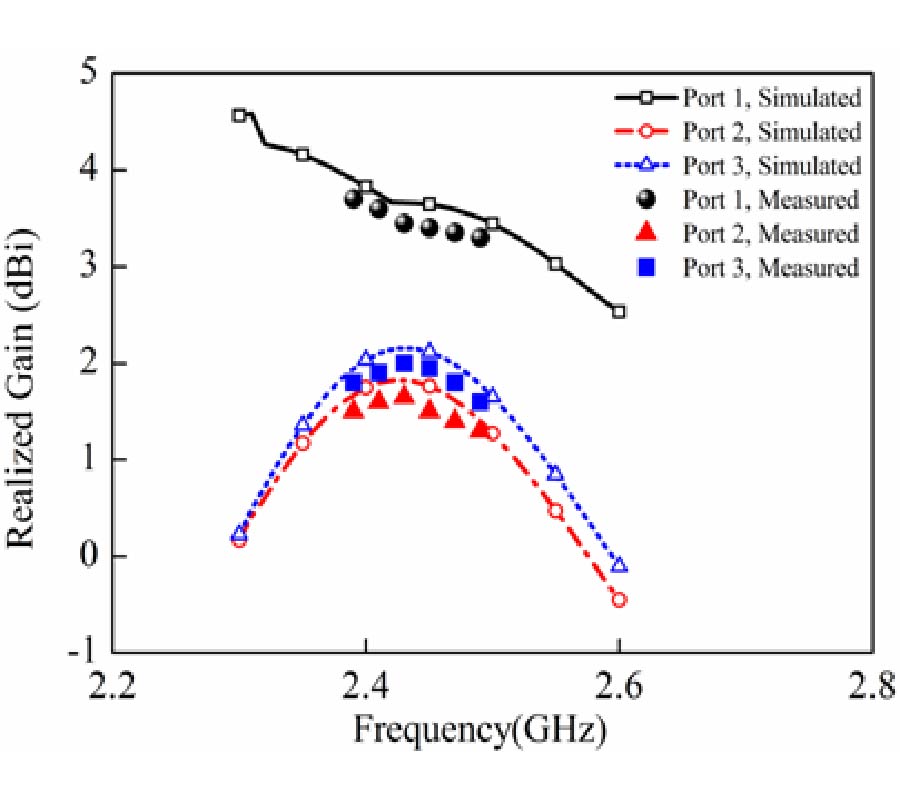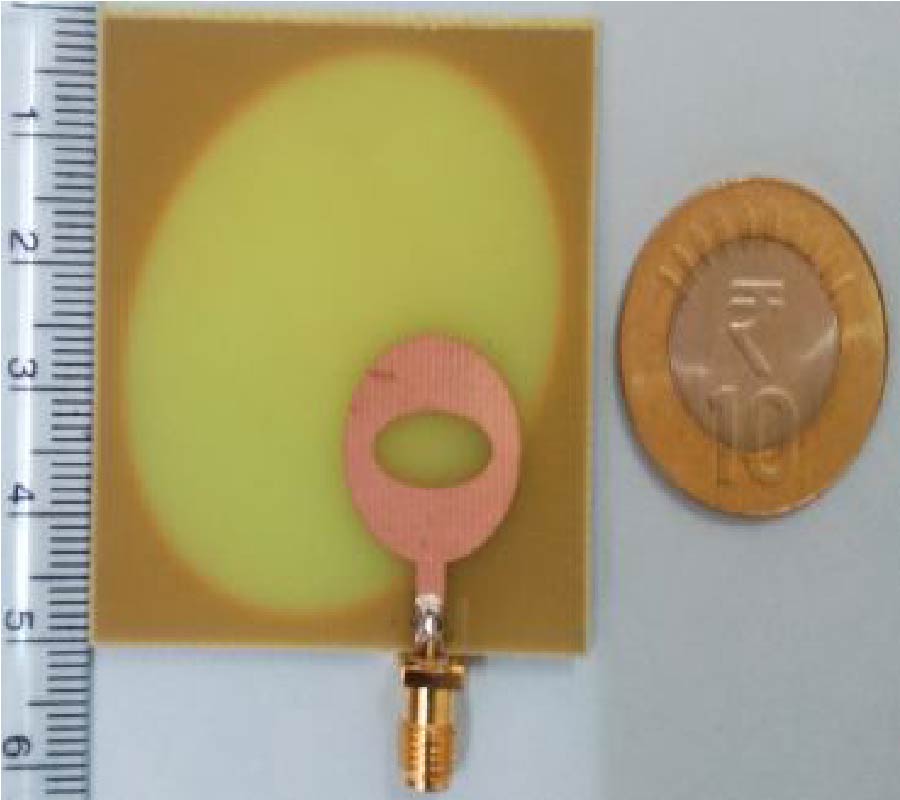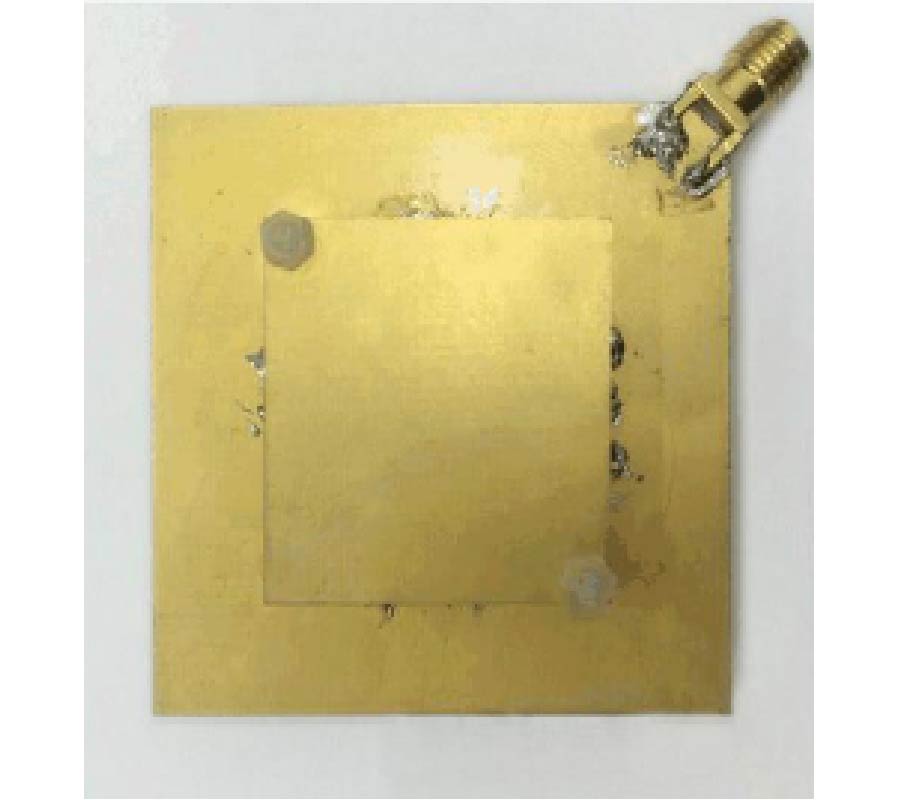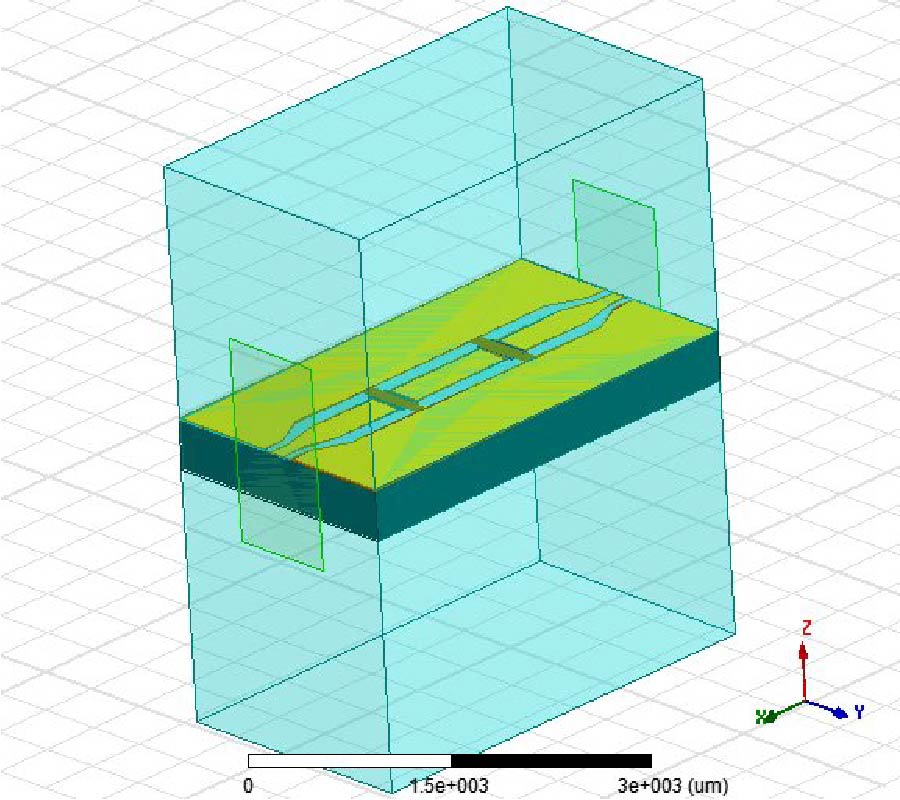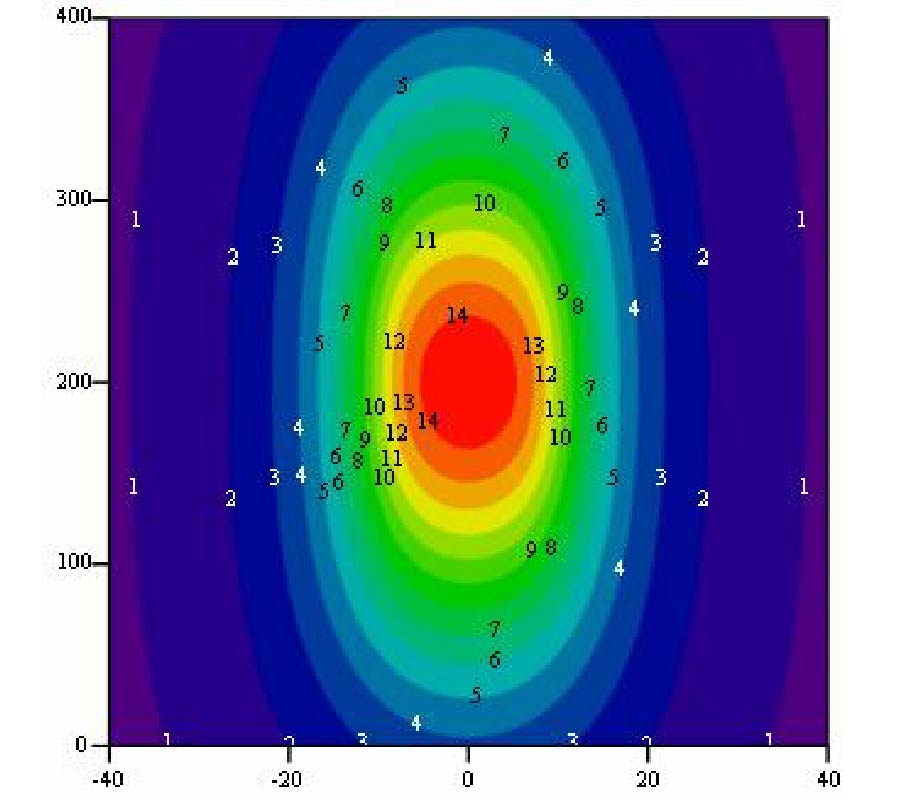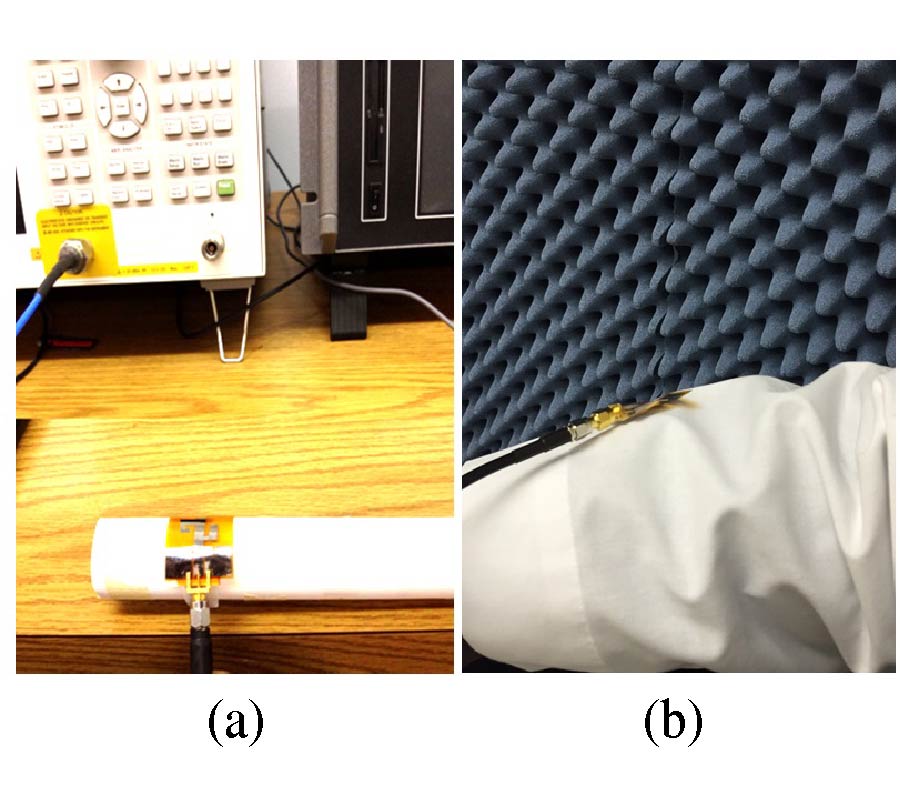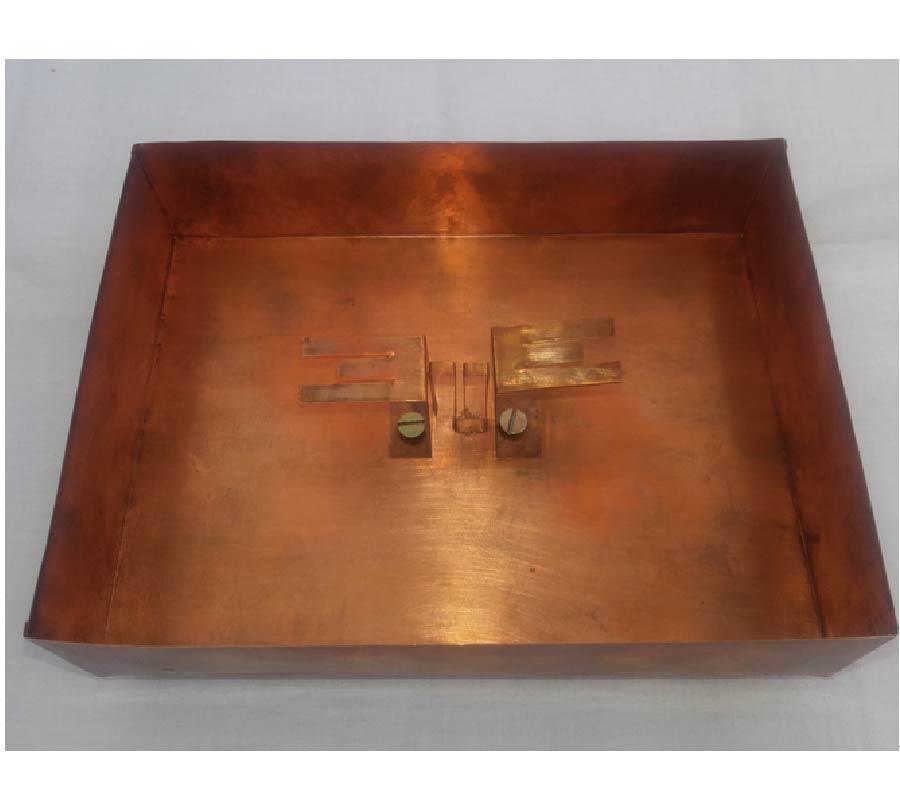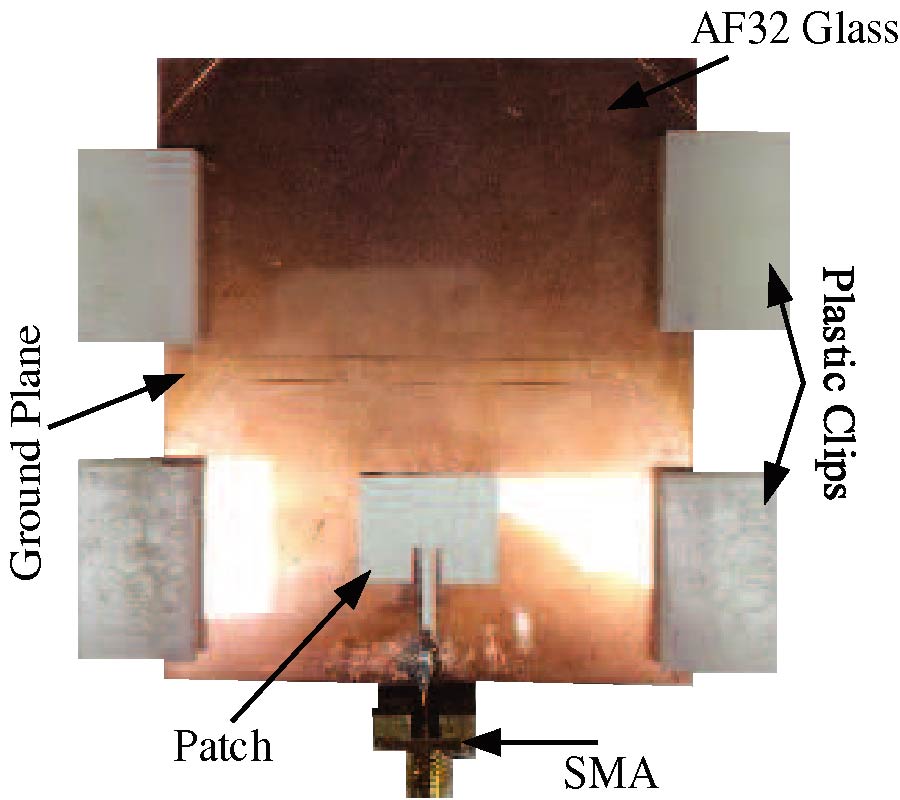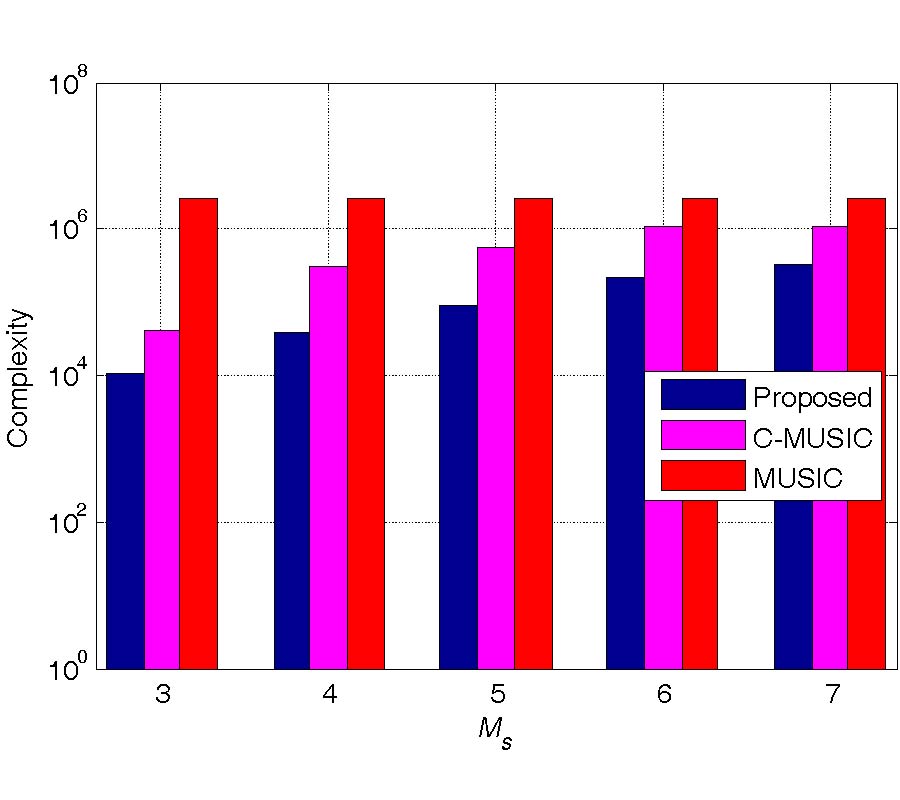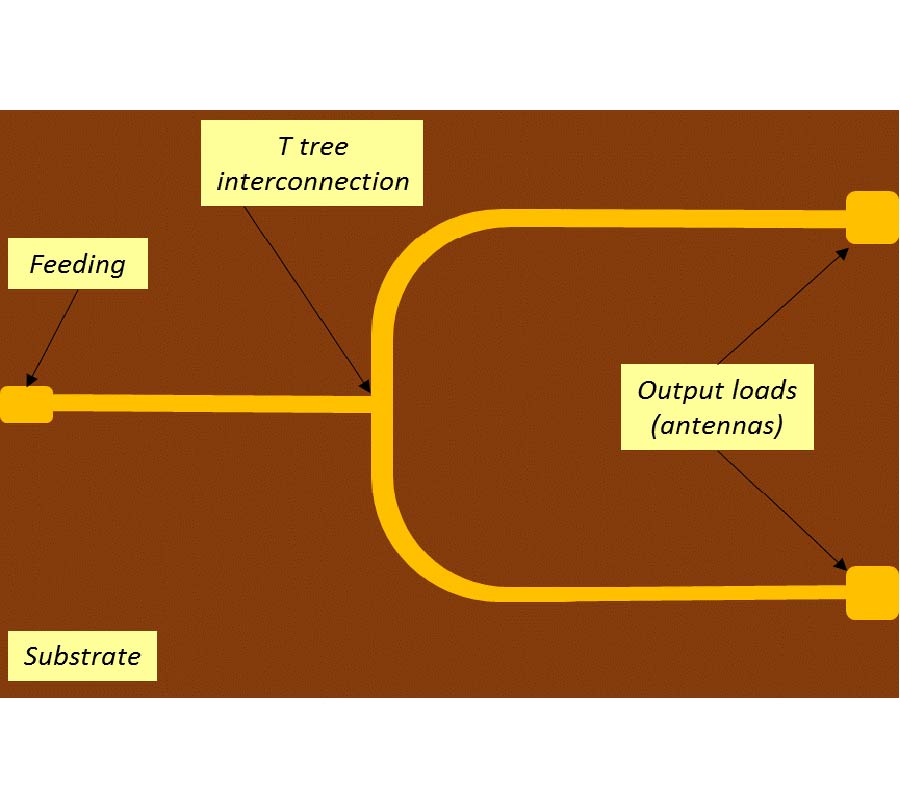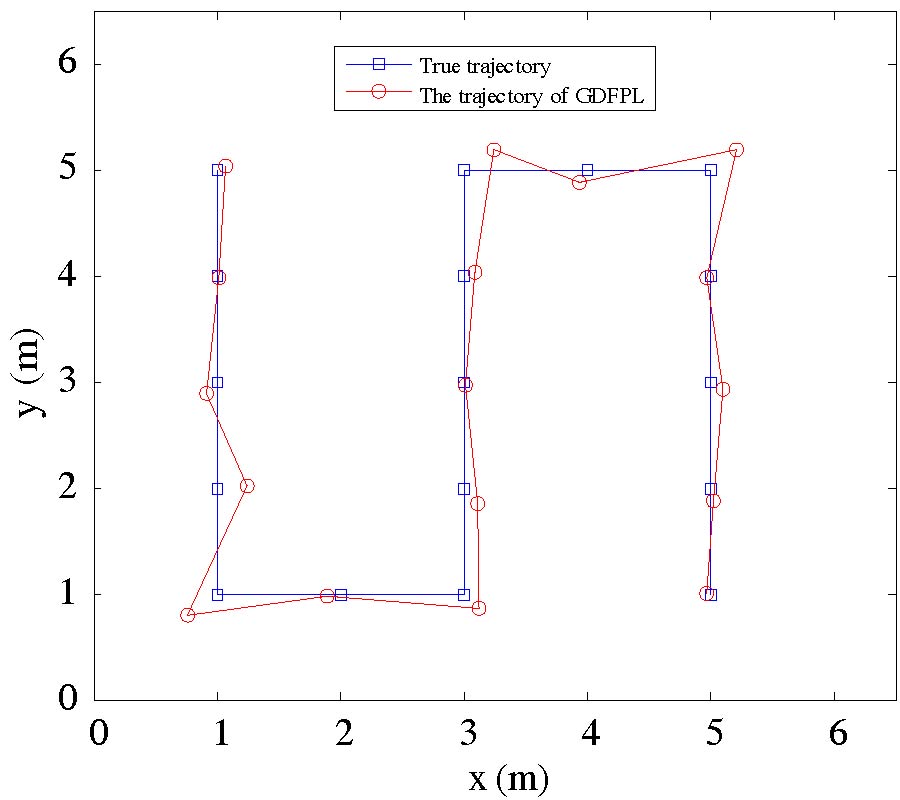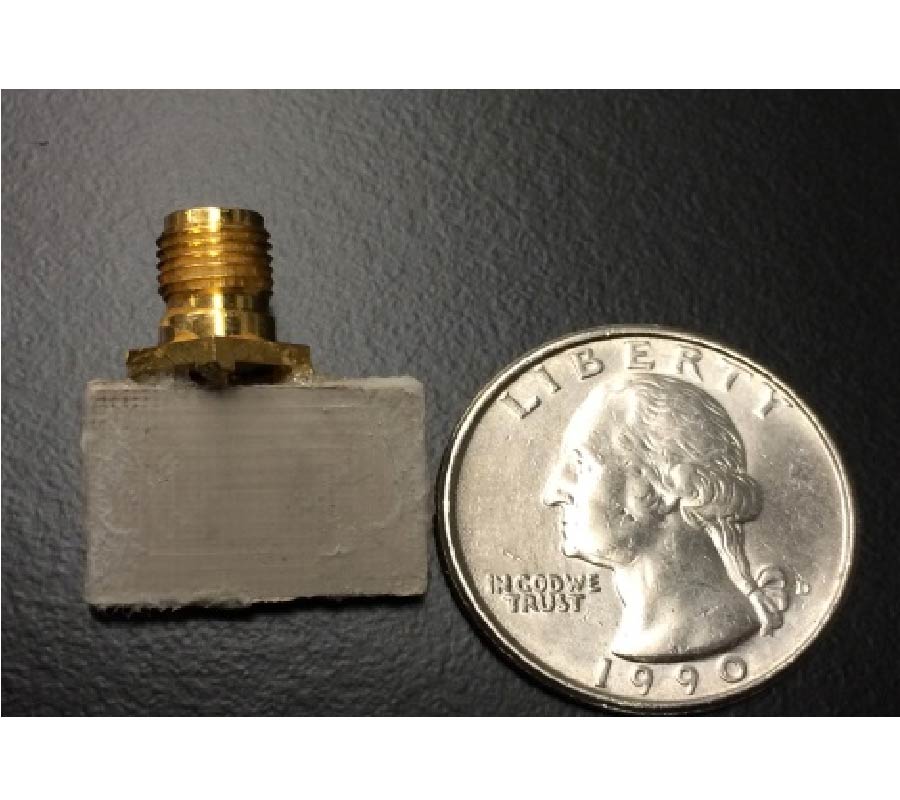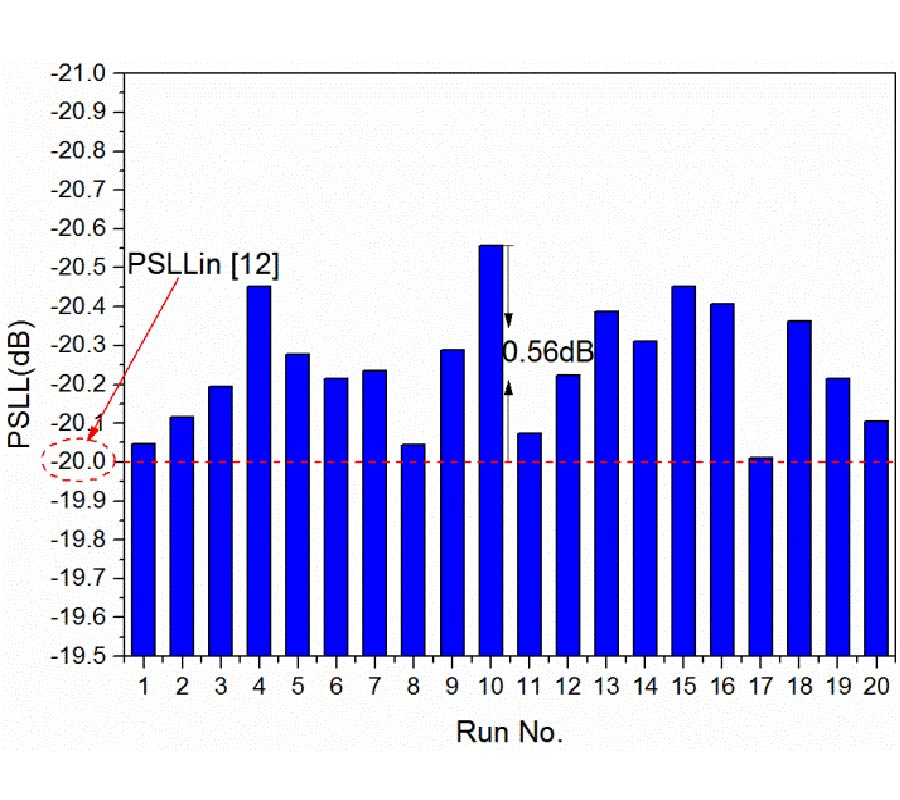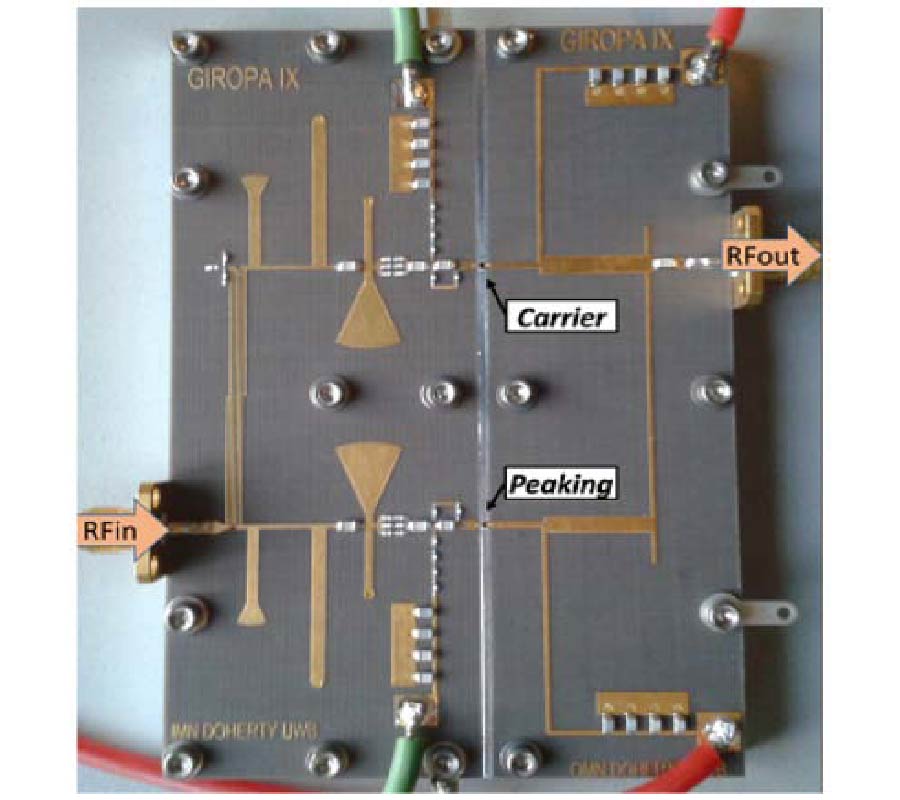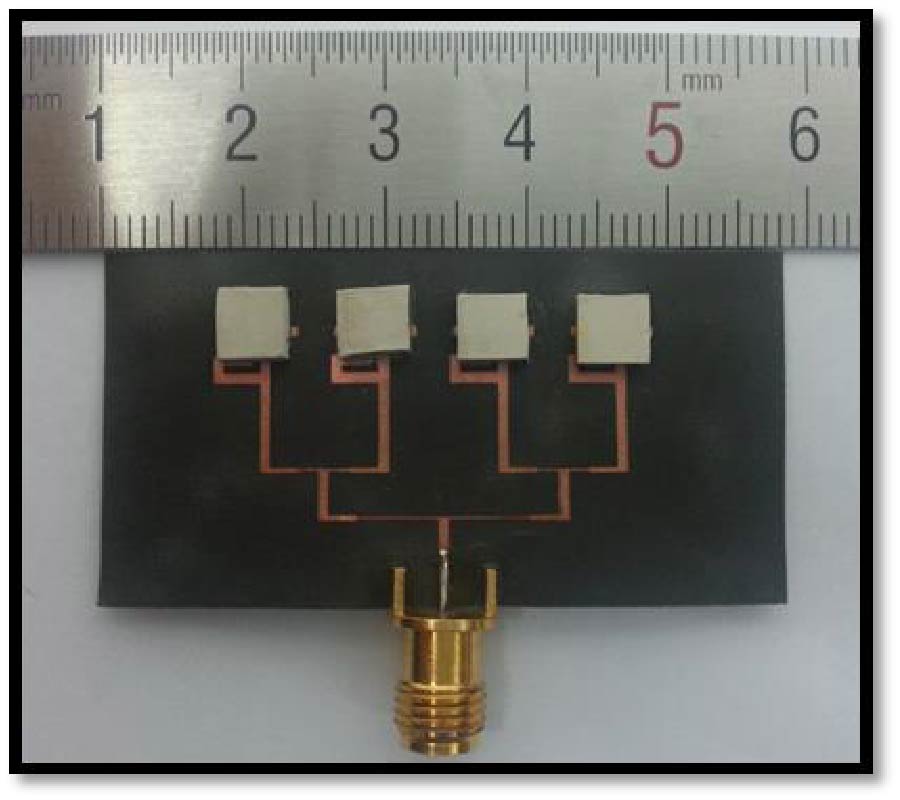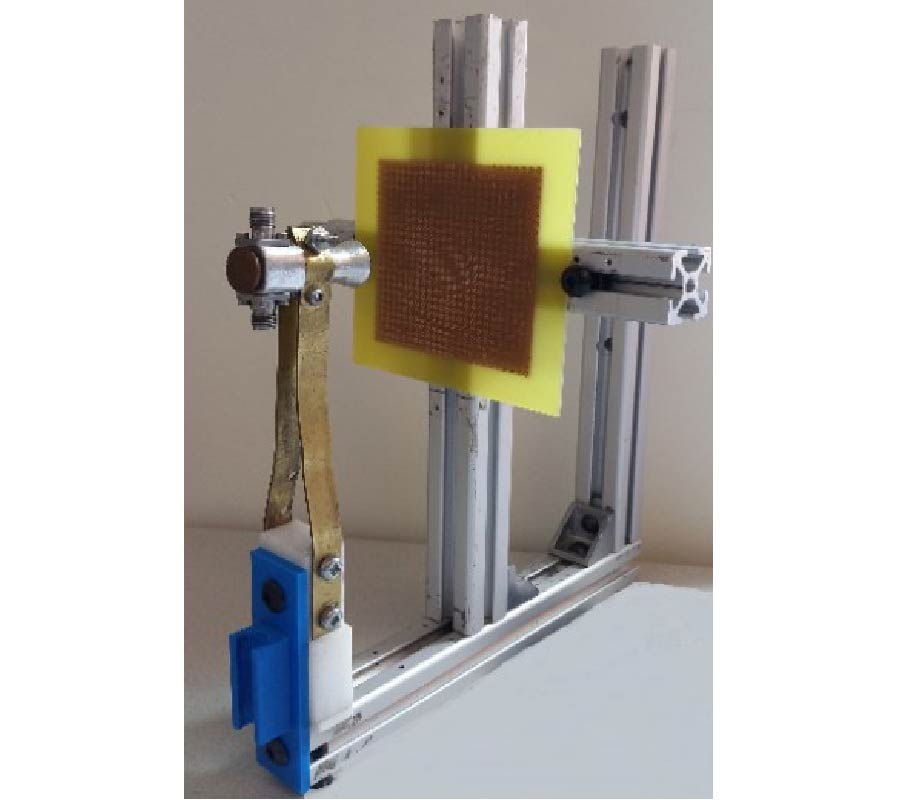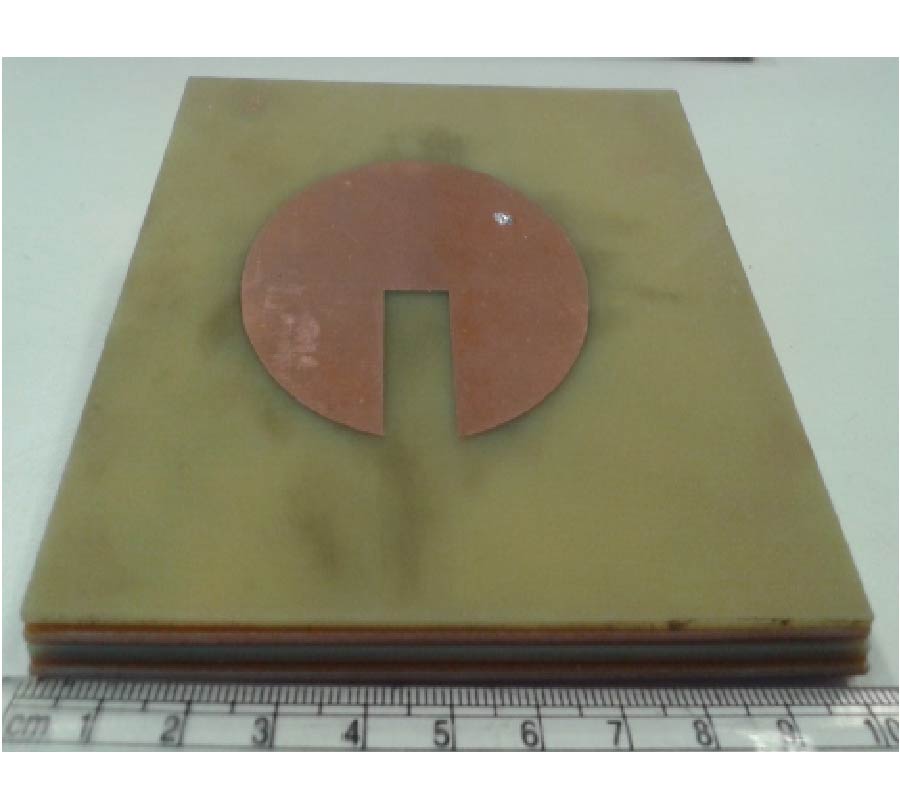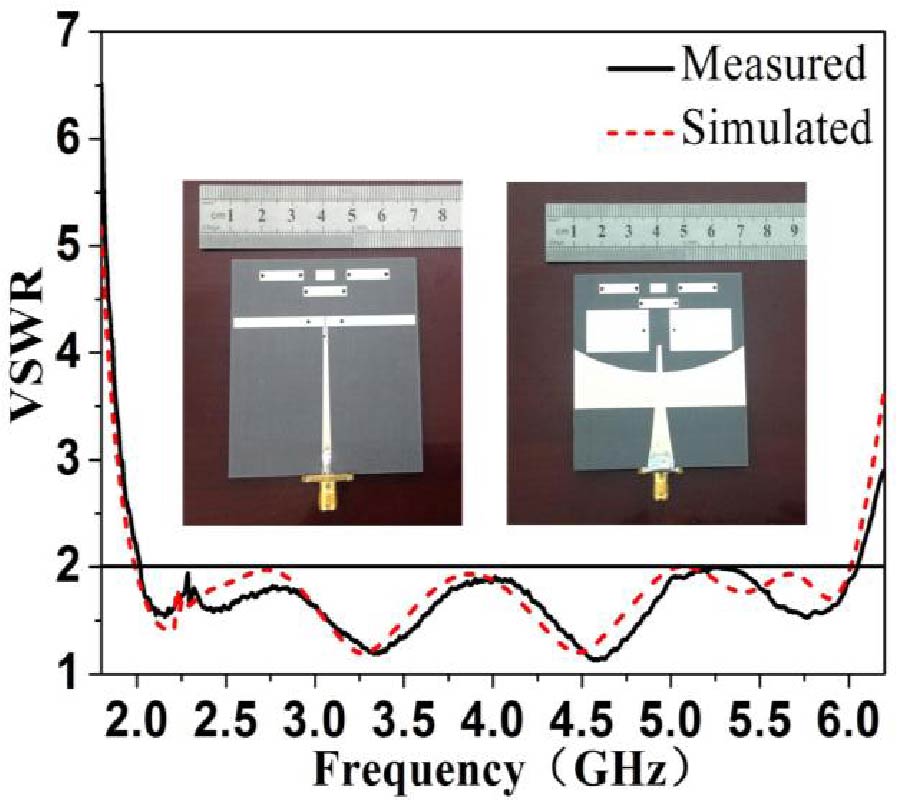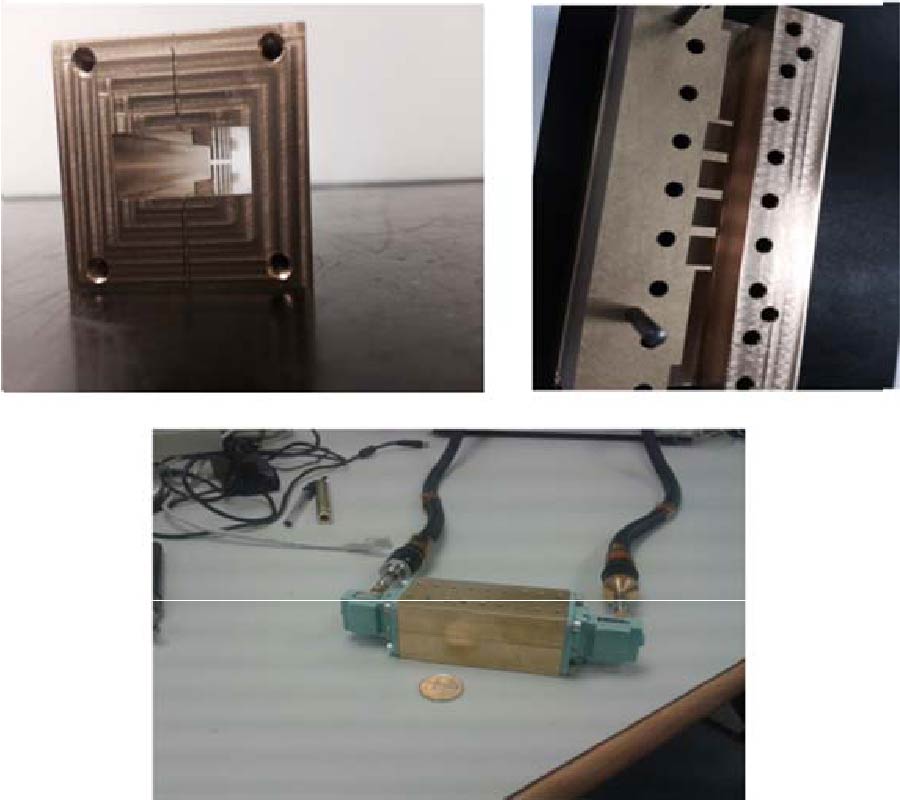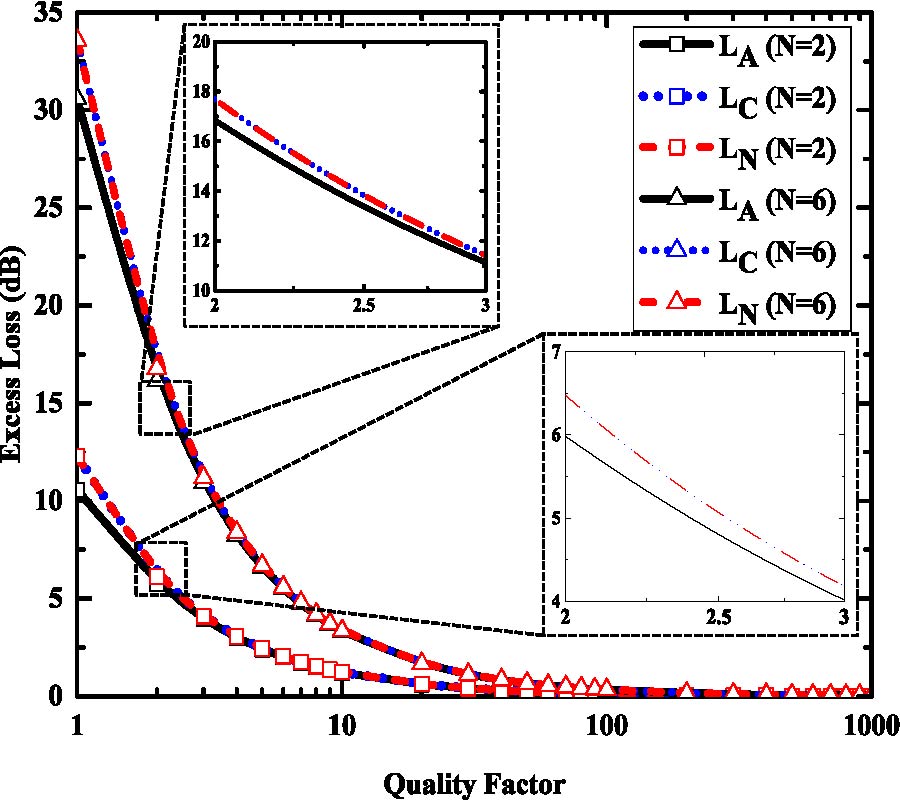A Compact Dual Band Polyimide Based Antenna for Wearable and Flexible Telemedicine Devices
Haider Khaleel Raad,
Hussain M. Al-Rizzo,
Ayman Abbosh and
Ali I. Hammoodi
Recent wearable health monitoring systems use multiple biosensors embedded within a wireless device. In order to reliably transmit the desired vital signs in such systems, a new set of antenna design requirements arise. In this paper, we present a flexible, ultra-low profile, and compact dual band antenna. The proposed design is suitable for wearable and flexible telemedicine systems and wireless body area networks (WBANs). The antenna is inkjet printed on a 50.8 μm Polyimide Kapton substrate and fed by a Coplanar Waveguide (CPW). The proposed design has the merits of compactness, light weight, wide bandwidth, high efficiency, and mechanical stability. The performance of the antenna is also characterized against bending and rolling effects to assess its behavior in a realistic setup since it is expected to be rolled on curved surfaces when operated. The antenna is shown to exhibit very low susceptibility to performance degradation when tested against bending effects. Good radiation characteristics, reduced fabrication complexity, cost effectiveness, and excellent physical properties suggest that the proposed design is a feasible candidate for the targeted application.
